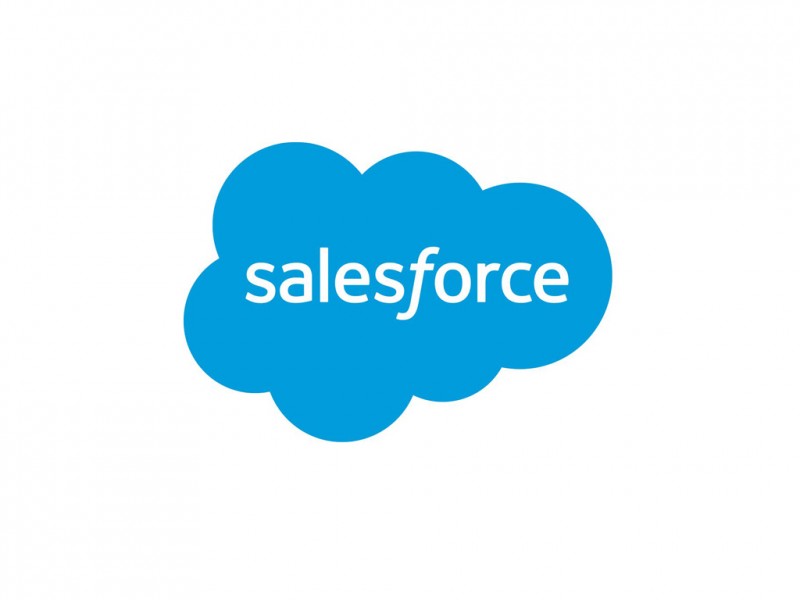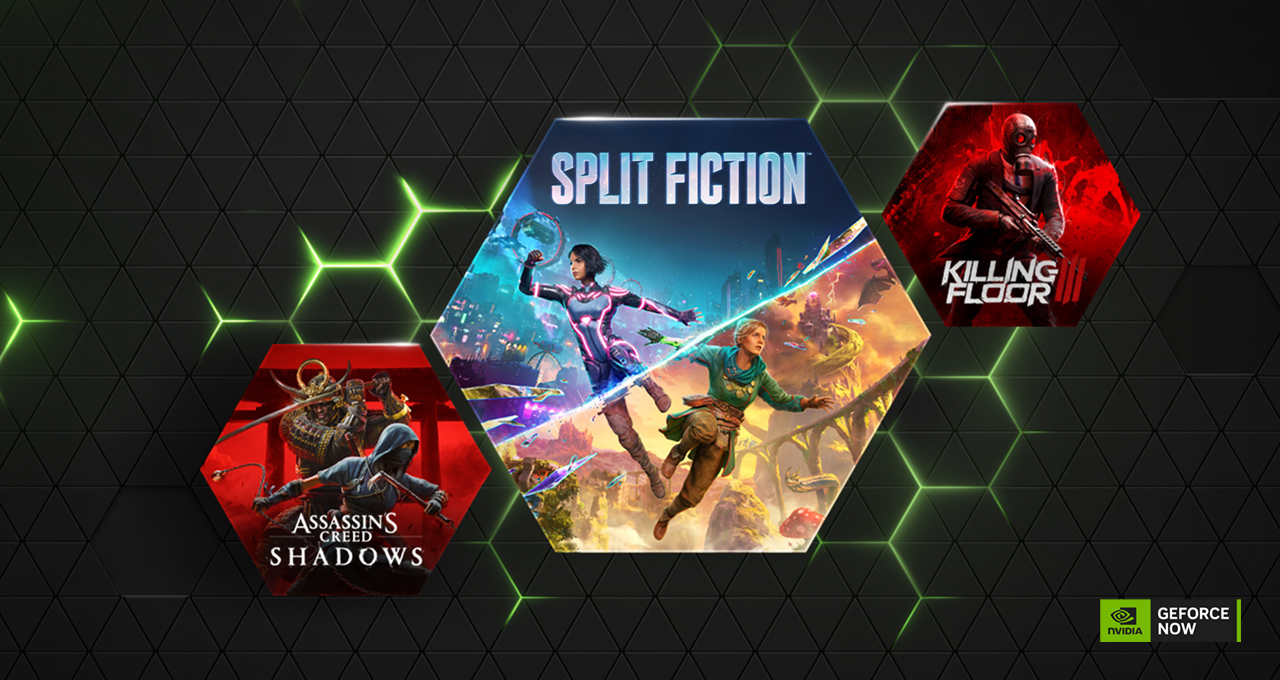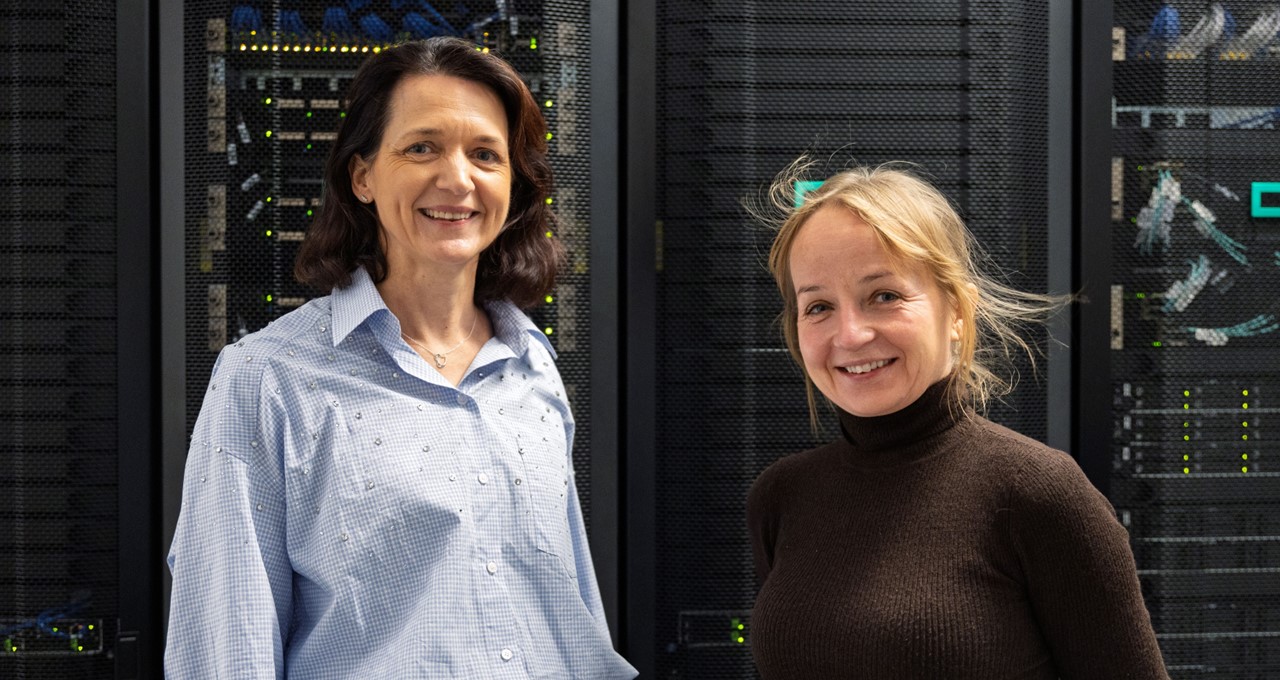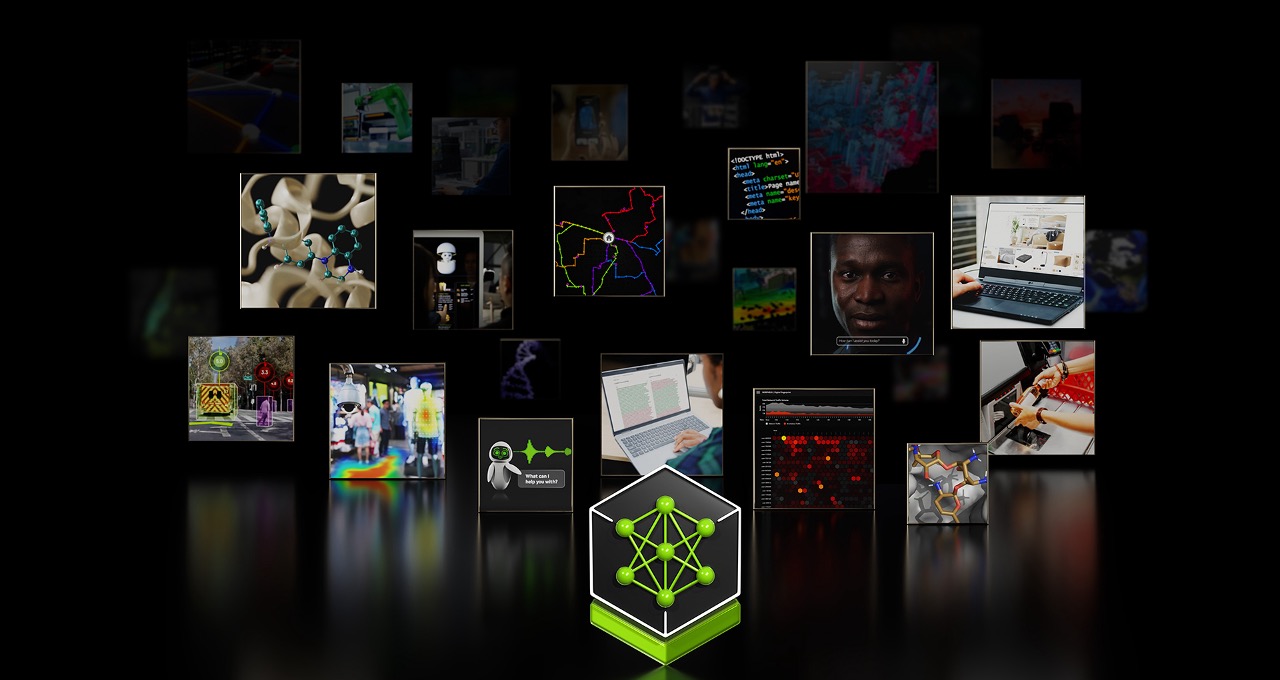
Google for Education is dedicated to providing safe, secure and enriching learning environments for students everywhere. This year for Safer Internet Day, we’re looking at three ways we’re doing this: navigating generative AI, supporting media literacy and promoting overall wellbeing in schools and at home.
Navigating generative AI
Generative AI is rapidly creating new possibilities for teaching and learning. We know it's crucial to ensure that AI tools are both safe and beneficial for young learners. That's why we’re working with child safety and development experts to create age-appropriate content safety policies, and why we built an age-friendly version of the Gemini app for teens.
- Built-in safety measures: Our generative AI tools are built to be secure, with access controlled by admins. No Google Workspace for Education data is used to improve or train AI models.
- Transparency and control: We provide information about how we use data as well as give school admins control over AI features. For example, features like Gemini are off by default for teen students until school administrators choose to turn them on.
- AI literacy resources: We provide resources like the AI Literacy Guide to help students develop critical thinking skills and understand how to use AI responsibly. A teen-friendly onboarding experience in Gemini includes an AI Literacy video — endorsed by ConnectSafely and Family Online Safety Institute (FOSI) — with tips on how to use generative AI responsibly.
Supporting media literacy
It’s critically important we teach students to be discerning consumers of media, able to distinguish between fact and fiction. Here are a few ways we’re supporting media literacy:
- Trustworthy content: Our default settings in Google Search and YouTube limit content that might be inappropriate for students under the age of 18.
- Source verification: We’re building tools like Gemini's double-check feature, which helps evaluate whether there’s content across the web to substantiate Gemini’s responses.
- Educational resources: We partner with organizations like ConnectSafely to provide resources to help students identify misinformation and fake news.
Promoting wellbeing in schools and at home
A student's wellbeing is essential for their academic success and overall development. Google for Education is committed to supporting the whole student through:
- Digital wellbeing resources: We provide tools to help students develop healthy digital habits, like the Focus feature on Chromebooks or admins being able to set restrictions on screen time usage when devices go home. And at home, Family Link helps parents manage their children's devices and online activity with features like app approval and screen time limits.
- Safer digital learning environments: Google Workspace for Education’s core services are ad-free. Our tools provide features like content filtering and monitoring to help ensure that students are not exposed to harmful content or distractions. We’re building new features like Class tools on Chromebooks, available soon in Google Workspace for Education. Plus, teachers can even share content directly with students and pin content to their screens to help them stay on task.
- Accessibility: We build accessibility features into Workspace and Chromebooks, including text-to-speech, live captions and noise cancellation, so every student has the opportunity to learn and access information in a way that works for them.
Sharing the responsibility
Creating a safer internet is a shared responsibility, and we’ll continue focusing on ways to make technology enhance — not hinder — the learning process. You can learn more with these resources:
- The Guardian's Guide to AI in Google for Education and the Guardian’s Guide to Privacy and Security are both tools for parents and guardians.
- Teachers and admins can find important information on safer learning tips and tools on our website and with our FAQs.
- Our Google Safety Center provides expert tips on managing technology for families.
- Be Internet Awesome teaches kids the skills they need to stay safe and be responsible online.
By working with educators, parents and students, we can create a safer, more enriching learning experience.
Blog Article: Here




